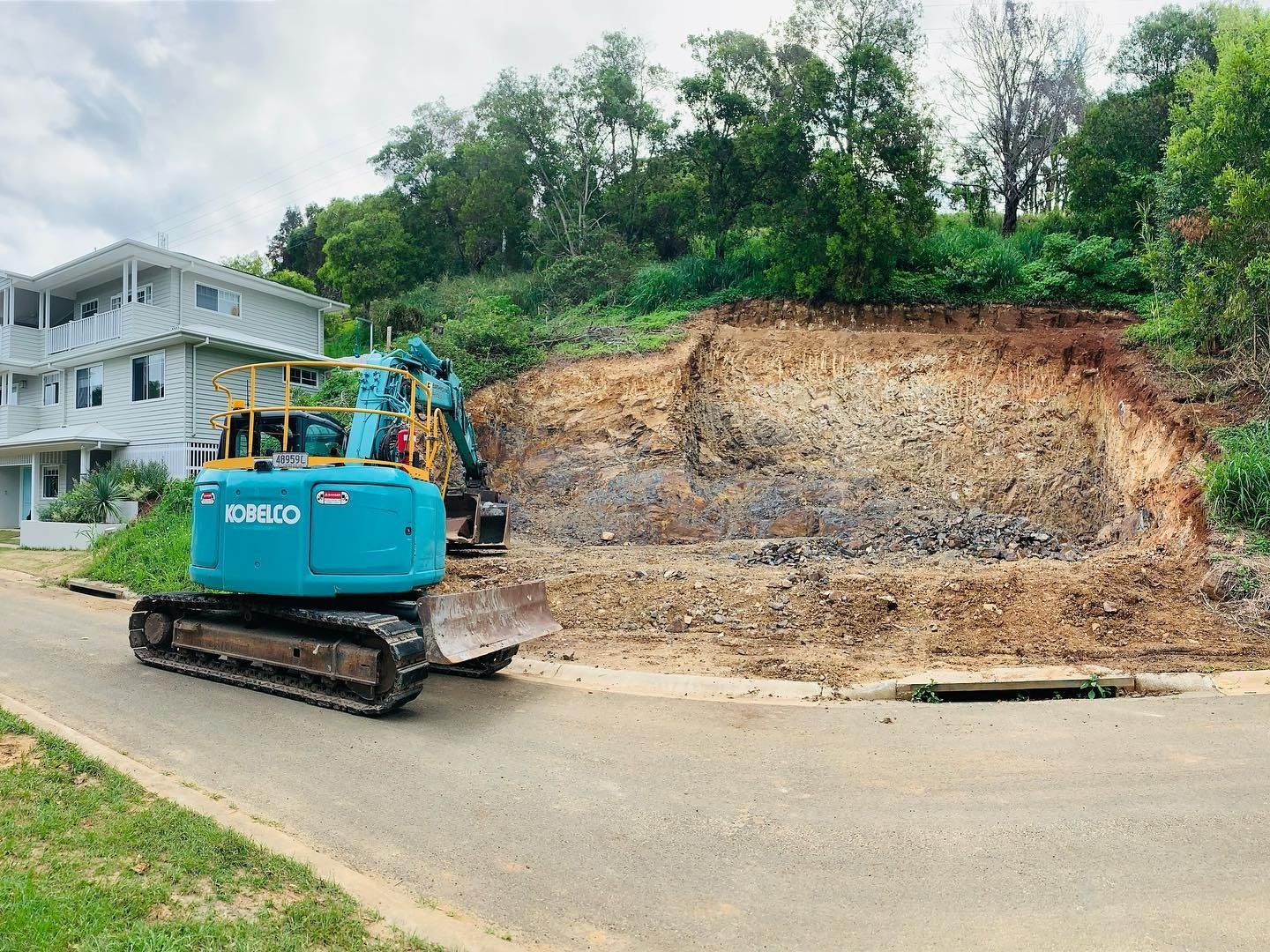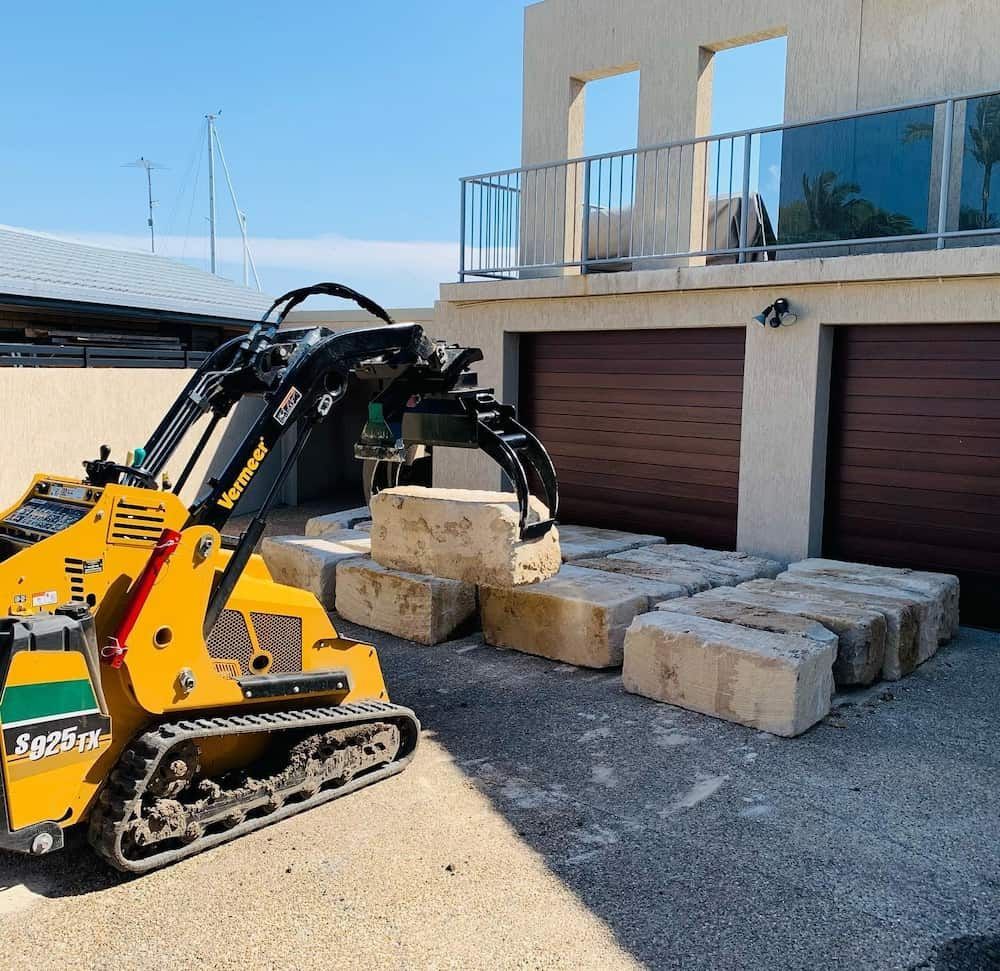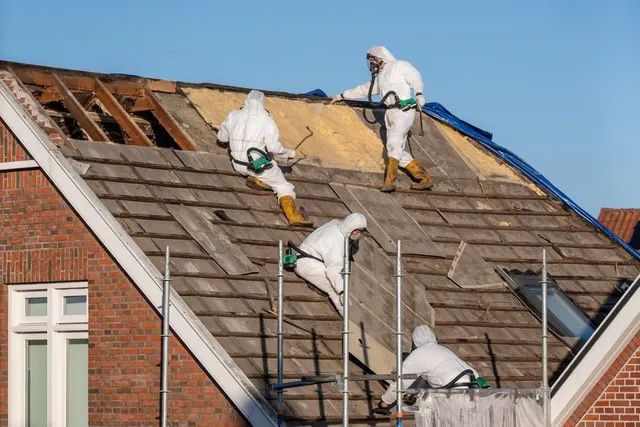Preparing Your Property For Demolition In Tweed Heads: A Homeowner’s Checklist
Deciding to demolish a property is a major step. Whether you are planning to clear land for a brand-new home, replace an unsafe structure, or prepare for a development project, demolition demands careful organisation. It is not as simple as tearing a building down—legal, safety, and environmental considerations must be addressed before work can begin.
For many homeowners, this is their first experience with demolition, and the process can feel overwhelming. Several important steps must be completed before machinery arrives on site, from securing council permits to ensuring utilities are disconnected. By following a clear checklist, you can confidently move through each stage, avoiding delays and ensuring everything runs smoothly.
Here’s a guide highlighting what to do when preparing your property for demolition in Tweed Heads.
Secure the Necessary Permits Early
Before demolition begins, you must obtain the correct permits from your local council. These approvals ensure your project complies with planning laws, zoning requirements, and environmental protections. Without them, you risk fines, project delays, or even being forced to halt the demolition midway.
Key considerations when securing permits include:
- Submitting a formal demolition application with supporting site and structure details.
- Allowing for assessment time, as approvals may take several weeks.
- Confirming whether additional approvals are required for heritage-listed properties or those in sensitive zones.
- Ensuring your demolition plan complies with waste disposal and recycling regulations.
Engaging a professional demolition team can make this step simpler. They often handle permit applications on your behalf, guiding you through the paperwork and ensuring no requirements are overlooked.
Arrange Utility Disconnections
One of the most critical steps in preparing a property for demolition is arranging utility disconnections. To prevent serious safety hazards, services such as gas, water, and electricity must be cut off before demolition.
Steps to follow include:
- Contacting service providers well in advance to book disconnection appointments.
- Obtaining written confirmation that utilities have been disconnected.
- Hiring licensed contractors if specific certificates are required for compliance.
- Check that no live services remain connected. Even a small oversight could result in fire, flooding, or electrocution during demolition.
Clear Out Personal Belongings
Once demolition begins, everything inside the property will be lost. For that reason, clearing out belongings and valuables is a vital part of the preparation process.
Practical tips for this stage:
- Remove all furniture, appliances, and personal items well before demolition day.
- Consider donating, recycling, or selling items you no longer need.
- Arrange short-term storage if you plan to keep belongings for your future property.
- Double-check less obvious spaces such as sheds, garages, and roof cavities to ensure nothing is left behind.
Schedule a Site Inspection
A pre-demolition site inspection clarifies the condition of the structure and any potential hazards. This step ensures that demolition is planned properly and can proceed without unexpected setbacks.
During a professional inspection, contractors typically:
- Assess the building for hazardous materials such as asbestos or lead paint.
- Evaluate site access for machinery and equipment.
- Identify structural challenges that may affect the demolition method.
- Plan how debris will be handled, including recycling and waste removal.
A thorough inspection helps avoid surprises once work begins and ensures the process complies with local regulations.
Manage Hazardous Materials
Many older homes in Tweed Heads contain materials that are now considered hazardous, including asbestos and lead-based paint. These substances require specialised handling and disposal, as they pose serious risks to health and safety.
Important steps for managing hazardous materials:
- Arrange testing by licensed professionals to confirm the presence of asbestos or other hazardous elements.
- Engage accredited contractors to safely remove and dispose of these materials.
- Obtain clearance certificates confirming the site is free of hazards before demolition begins.
- Ensure all waste is transported to approved facilities for disposal.
Attempting to manage hazardous materials without professional help is unsafe and may result in significant fines. Specialist demolition contractors are trained and equipped to handle these situations safely.
Notify Neighbours & Stakeholders
Demolition work can be disruptive, involving noise, dust, and increased vehicle activity. Informing your neighbours and stakeholders in advance is not only courteous but often a requirement under council guidelines.
Steps to take include:
- Providing written notice of demolition dates and expected project duration.
- Advising neighbours of possible noise, dust, and traffic changes.
- Working with contractors to implement dust suppression measures.
- Coordinating parking and site access to minimise disruption in the neighbourhood.
Plan for Waste Removal & Recycling
Demolition produces large amounts of debris, but much of it can be recycled rather than sent to landfill. Concrete, bricks, steel, and timber are all commonly recovered during demolition. A professional contractor will develop a waste management plan to handle materials responsibly.
Effective waste management typically involves:
- Separating recyclable materials during demolition.
- Arranging transport of debris to recycling centres.
- Reducing landfill impact by reusing or repurposing materials where possible.
- Providing documentation of waste management for council compliance.
Sustainable demolition practices not only reduce environmental impact but can also lower overall project costs.
Prepare the Site for Future Works
Once the structure is removed, the site must be left in a condition ready for its next stage of development. This ensures construction can begin without unnecessary delays.
Site preparation steps include:
- Removing debris and levelling the land.
- Conducting soil testing to assess stability and contamination.
- Ensuring drainage is suitable for future works.
- Complying with council requirements for vacant sites, including fencing or erosion control measures.
Preparing for a Knockdown? Choose Our Demolition Services in Tweed Heads
At Lifestyle Demolition, we know that preparing a property for demolition in Tweed Heads can feel daunting. That’s why our demolition services cover every stage, from securing permits and arranging utility disconnections to handling hazardous materials and waste recycling. Our team ensures the process is smooth, safe, and compliant, leaving your site ready for its next chapter.
If you’re planning a demolition, get in touch with us today via our contact page or give us a call to book a consultation. Let us help you prepare your property confidently.







